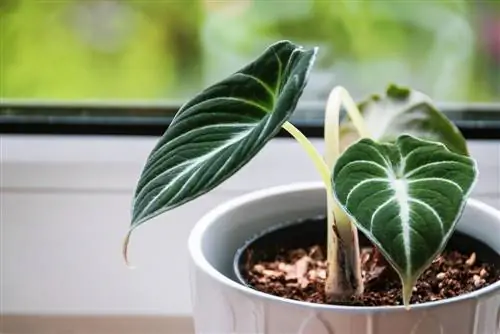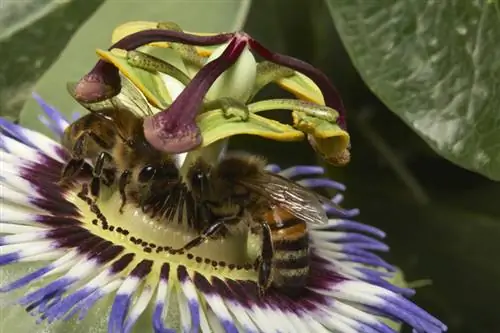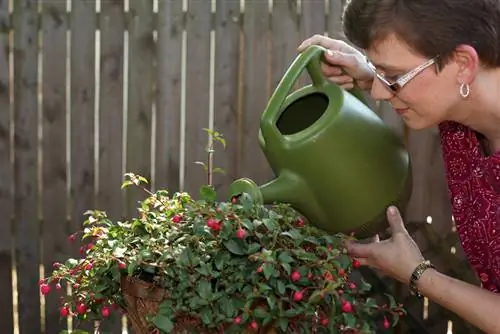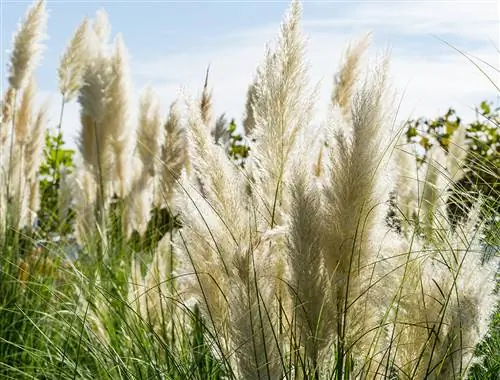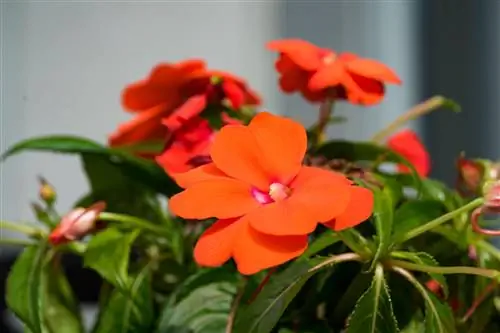- Author admin [email protected].
- Public 2023-12-16 16:46.
- Last modified 2025-01-23 11:22.
The most beautiful decoration of the arrow leaf are the ornamental leaves. In this guide you will read the best tips on how to stimulate the growth of magnificent Alocasia leaves. You can find out why the decorative foliage sometimes weakens here.
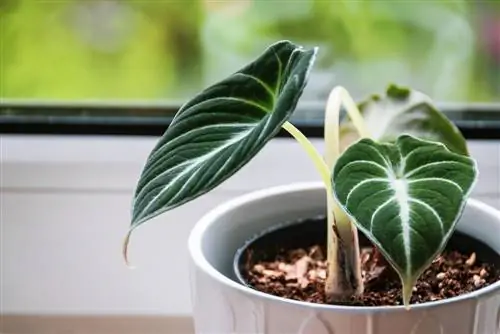
How can I promote the growth of Alocasia leaves?
Alocasia leaves can be encouraged through balanced watering, high humidity, adequate light and nutrient supply. To keep Alocasia leaves he althy, waterlogging, cold drafts and air that is too dry should be avoided.
How does my Alocasia get more leaves?
In order for an Alocasia to sprout more decorative leaves, good care and an optimal location are crucial. The alocasia is not a particularly bushy houseplant, but usually forms five tosix leaves This is how you can stimulate leaf growth:
- Site conditions: all year round at room temperature, at least 70 percent humidity, light to partially shaded without direct midday sun.
- Watering: Keep the substrate slightly moist with soft rainwater, always pour out excess water to protect against waterlogging.
- Fertilization: fertilize weekly from March to October with liquid green plant fertilizer (€14.00 on Amazon).
- Repotting: repot every spring in an acidic, loose-draining substrate mixture.
Why does my Alocasia droop its leaves?
Oftenwaterlogging is the reason why an Alocasia leaves its leaves drooping. Other causes of drooping Alocasia leaves include dried out substrate, low humidity, cold drafts and root rot.
If the arrow leaf suffers from drought stress, the leaf edges on hanging leaves will also be curled and the leaf tips will turn brown. Root rot is usually the late consequence of waterlogging and is also noticeable through a musty smell.
Why do Alocasia leaves change color?
In thenatural life cyclethe oldest, lowest Alocasia leaves turn yellow-brown because they have reached the end of their lifespan. This is no reason to worry, because shortly afterwards new leaves will sprout from the thick tuber. YourIntervention is required whenever all Alocasia leaves turn yellow, because these serious causes are responsible:
- Waterlogging with root rot.
- Nutrient Deficiency
- Leaf chlorosis caused by hard tap water and excessive pH in the potting soil.
- Location too cold with temperatures below 15° Celsius.
- Dried root ball.
- Dry heating air.
Tip
Alocasia leaves are susceptible to spider mites
Alocasias are immune to pests - with one exception. Spider mites boldly colonize the undersides of leaves to feast on plant sap. The tiny pests are almost invisible to the naked eye. The infestation can be recognized by silvery leaf spots and extremely fine webs. Ultimately, the Alocasia leaves yellow and die. The best prevention against spider mite infestation is high humidity and regular spraying with low-lime water.

